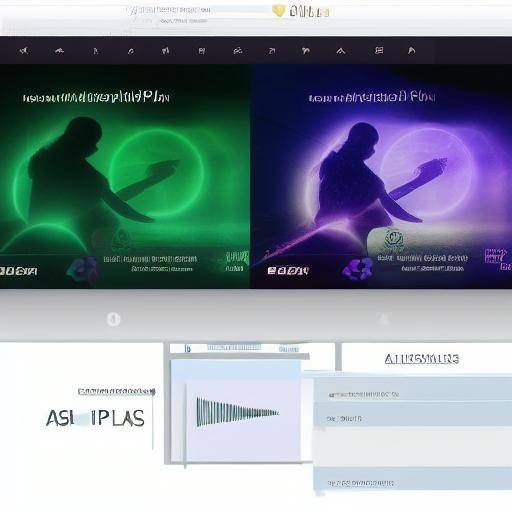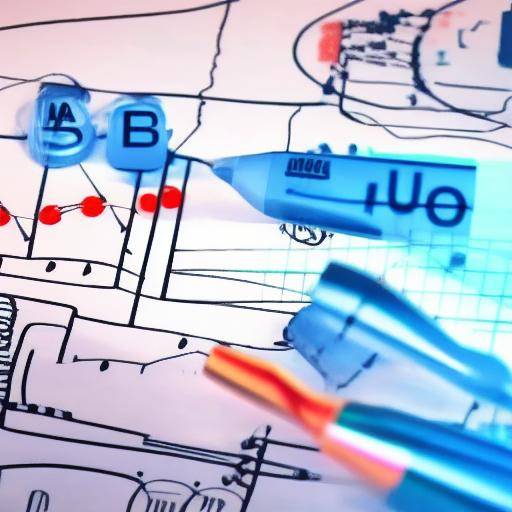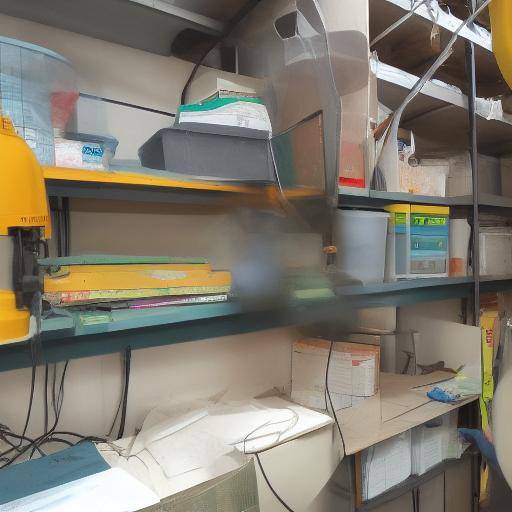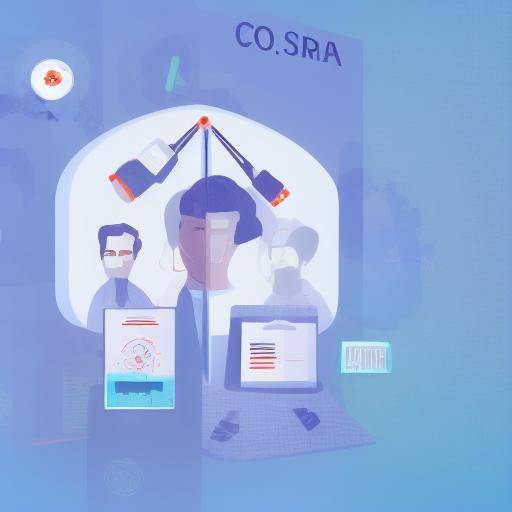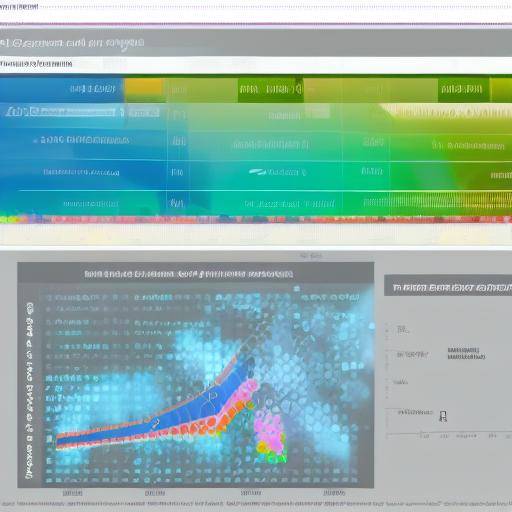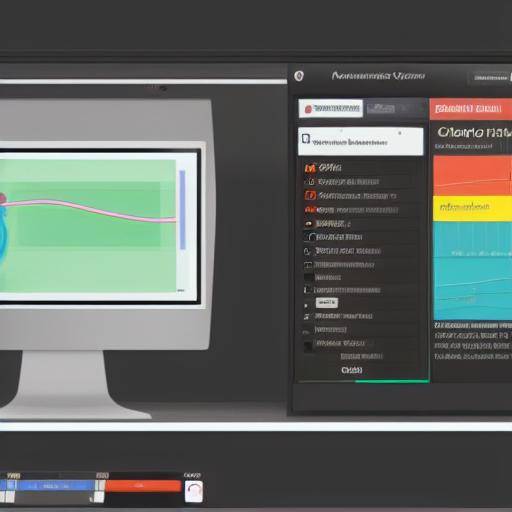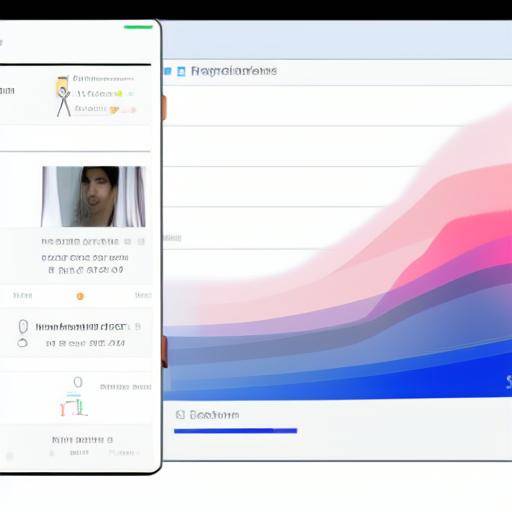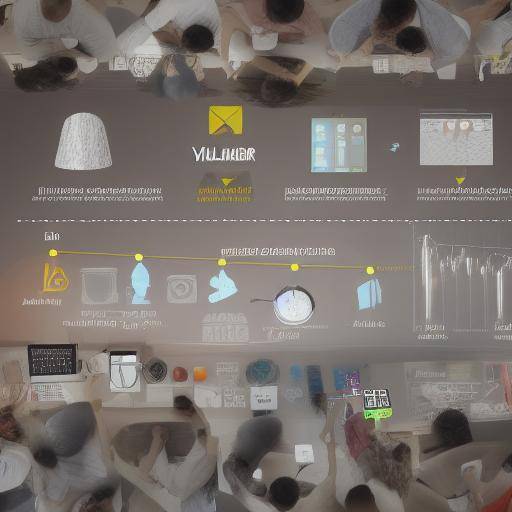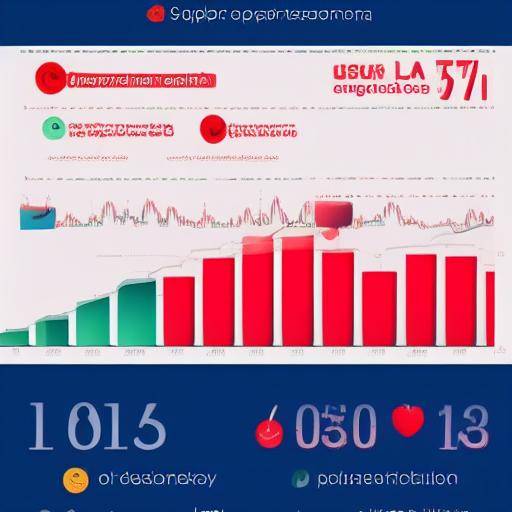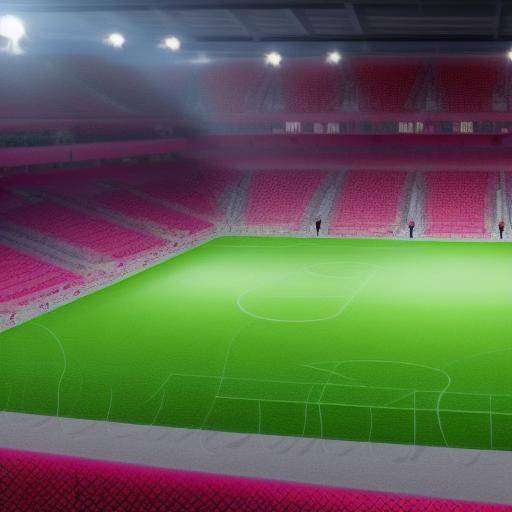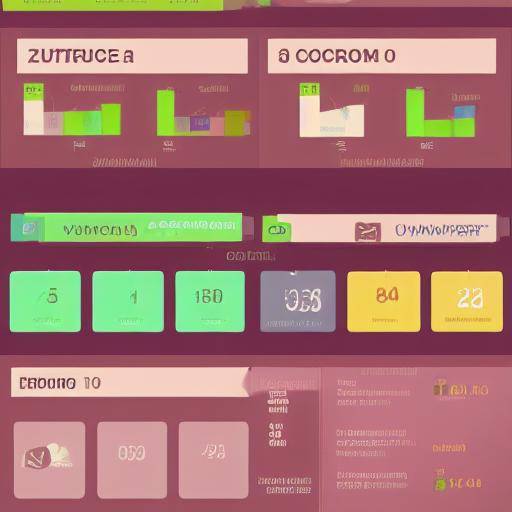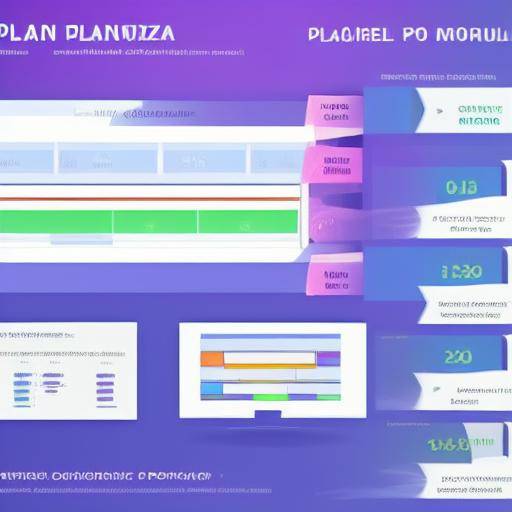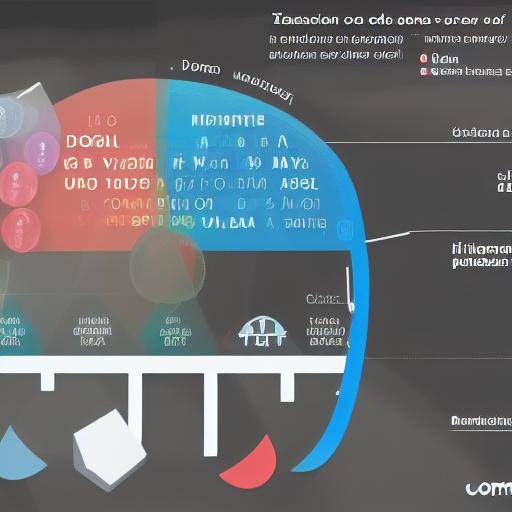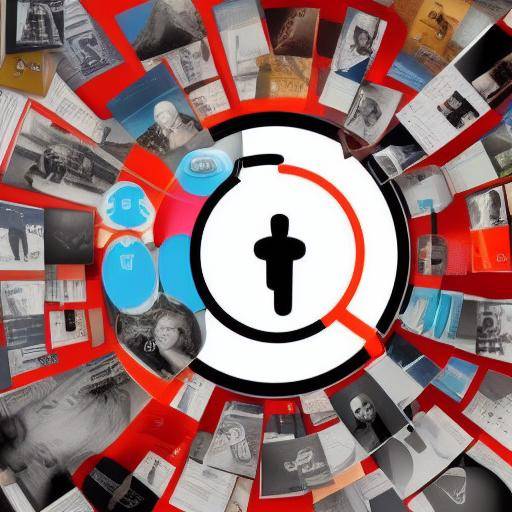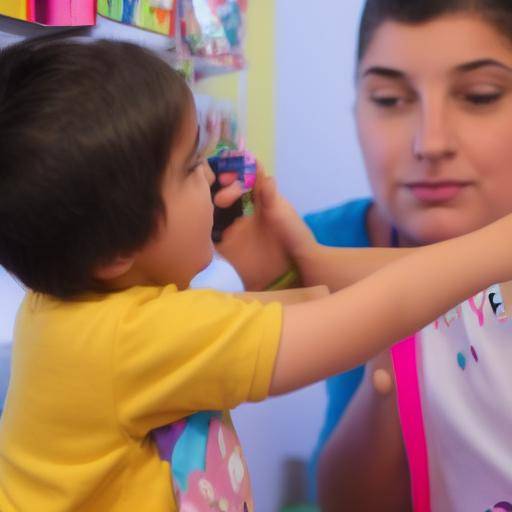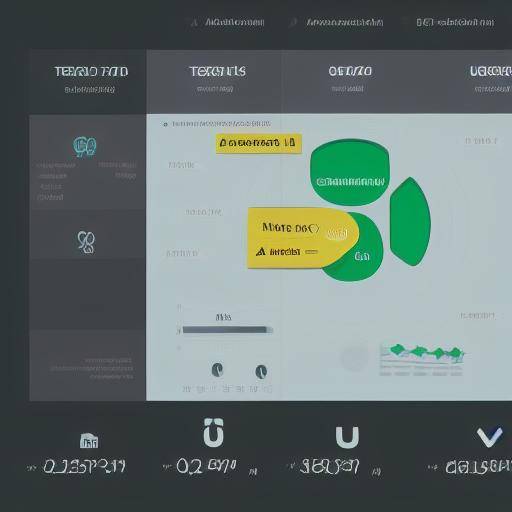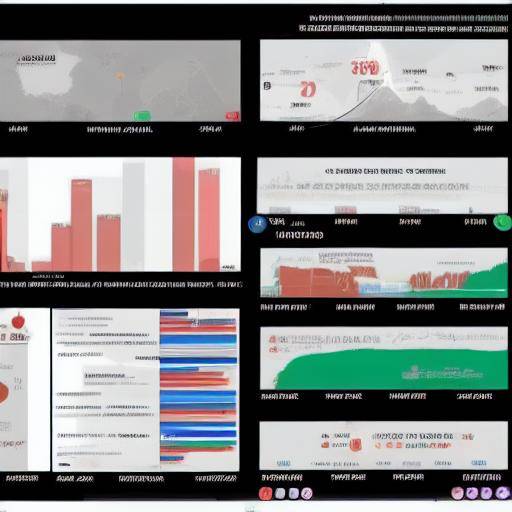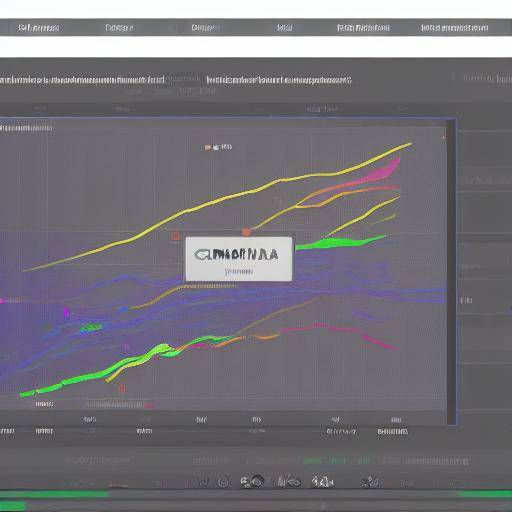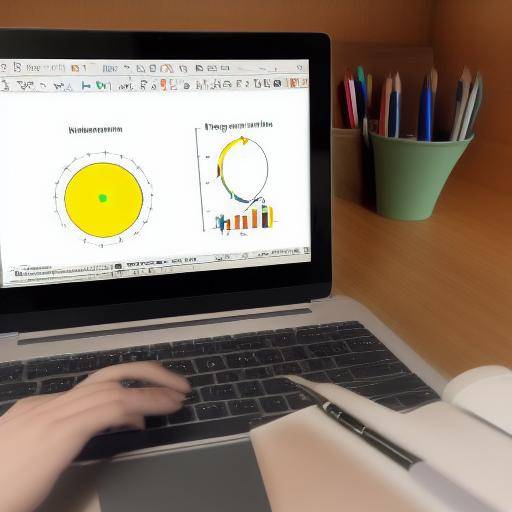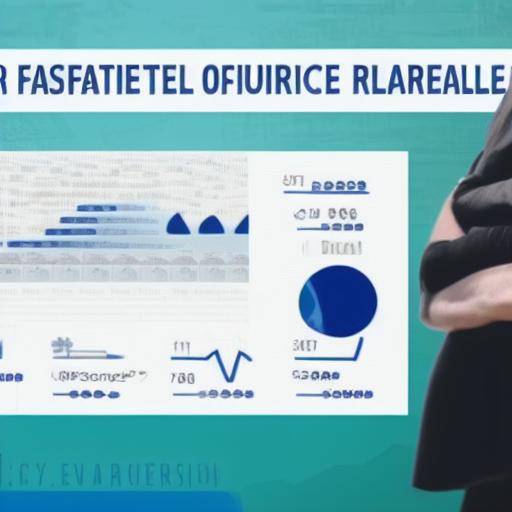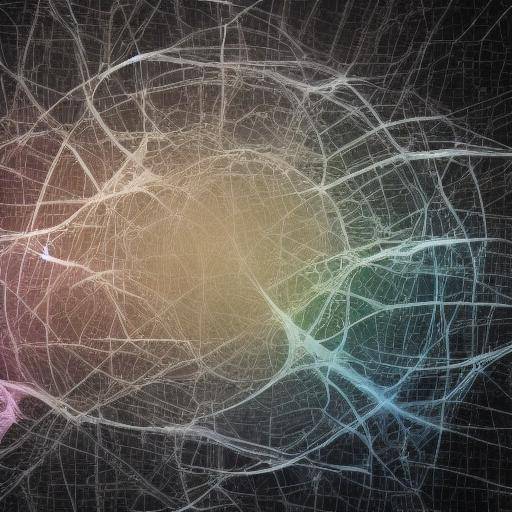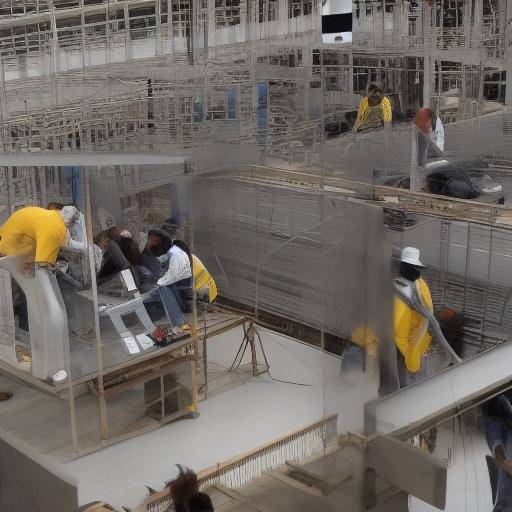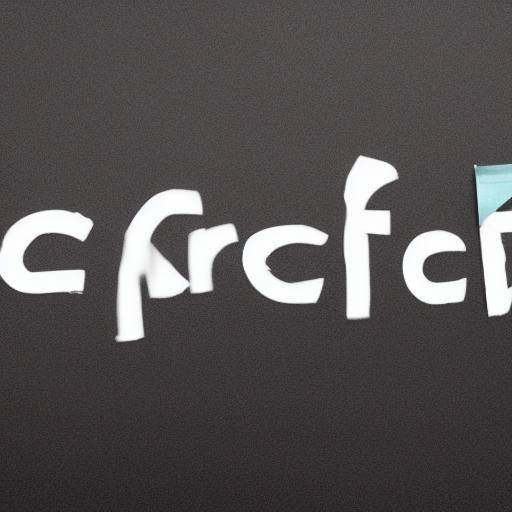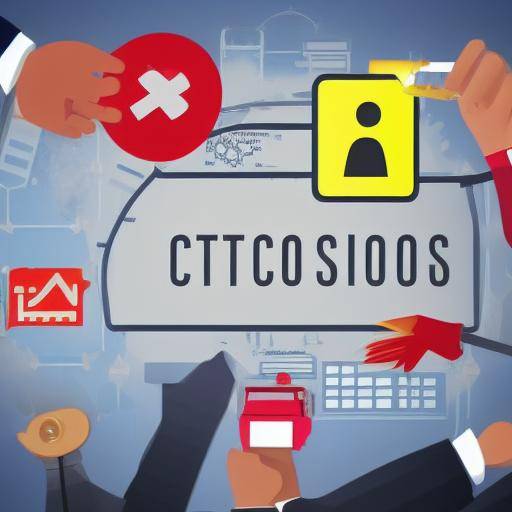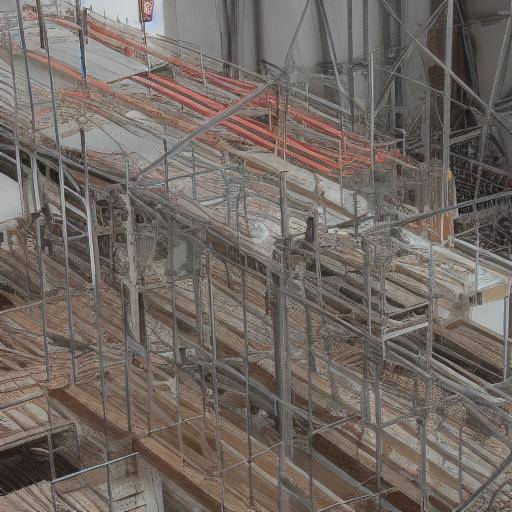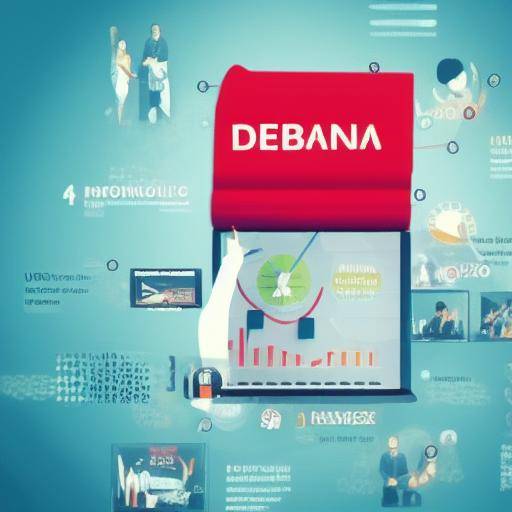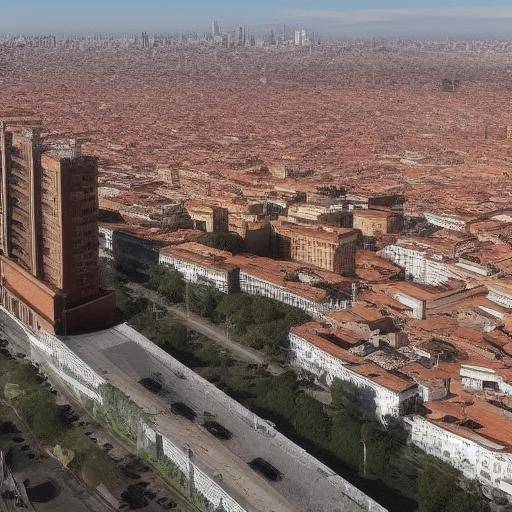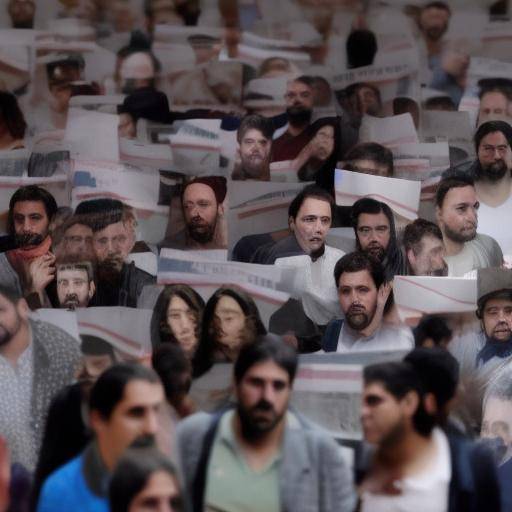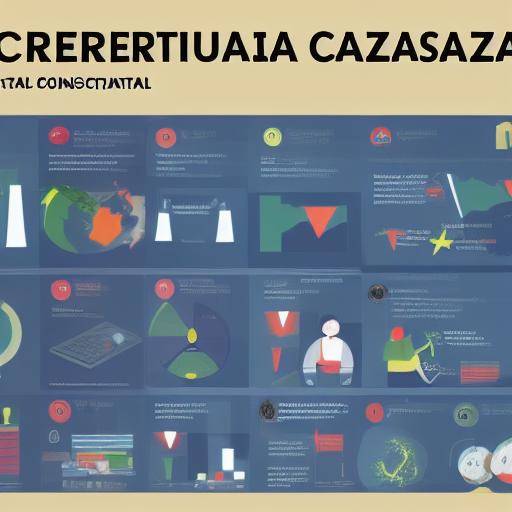
Introduction
Professional and personal life is full of situations in which we receive criticism, whether at work, in our interpersonal relationships or in our creative projects. Learning to receive constructive criticism effectively and healthy can be a challenge, but visualization offers a powerful tool to mentally prepare and address these situations with confidence and resilience.
In this article, we will explore how visualization can be used as a mental preparedness strategy to face constructive criticism effectively. We will analyze the history and background of visualization, its benefits and challenges, as well as its practical application in the context of receiving constructive criticism. We will also compare how visualization relates to mental preparation to absorb and apply constructive criticism in a productive manner. In the end, we will present practical advice, industry information and case studies to enrich the understanding and application of these techniques.
History and Background
Visualization, also known as guided imagination or creative visualization, is a technique that has been used for centuries in various spiritual and cultural traditions. From ancient meditation practices in Buddhism to visualization techniques used in high-performance sport, the power of visualization has been recognized by different disciplines.
Some of the historical milestones in the popularization of visualization include the pioneering work of the German psychologist Carl Stumpf, who in the nineteenth century investigated the relationship between visualization and sensory perception. In the twentieth century, figures such as Maxwell Maltz, author of the book "Psycho-Cybernetics", contributed to the dissemination of visualization as a tool for personal development and the achievement of objectives.
The visualization has evolved from simplistic techniques of "thinking positive" to more structured approaches that involve detailed and multi-sensory viewing of goals and scenarios. At present, visualization has been integrated into fields as diverse as psychology, coaching, sports performance, therapy and personal development.
Analysis in Deep
Benefits of Visualization
Visualization offers a variety of benefits for mental preparation, including stress reduction, confidence-building and improved cognitive performance. Scientific studies have shown that visualization can have a positive impact on people's mental and physical health. In addition, visualization helps create a positive and goal-oriented mentality, which is crucial in facing constructive criticism.
Visualization Challenges
Although visualization has many benefits, its effectiveness can vary according to the willingness and ability of each individual to use this technique. Some people may encounter obstacles such as distraction, difficulty concentrating or lack of familiarity with visualization. It is important to understand these challenges in order to effectively address them.
Practical Application of Visualization to Receive Constructive Critics
Visualization can be used as a tool to strengthen the mind and spirit in the face of constructive criticism. By visualizing situations in which criticism is received constructively, one can prepare his mind and emotions to manage these situations with calm, openness and resilience. Visualization can help reduce emotional reactivity and encourage a responsive attitude towards criticism.
Comprehensive review
Comparing Visualization and Mental Preparation for Constructive Critics
Mental preparation for constructive criticism involves a series of approaches, where visualization is only one of the available tools. Mental preparation encompasses practices ranging from mindfulness training to emotional management. It can be said that visualization is a key piece in mental preparation, but not the only one.## Practical Tips and Accessible Tips
Some practical tips for using visualization in preparation for constructive criticism include:
- Visualizes scenarios of constructive criticism: Imagine situations in which you receive criticism constructively and visualize your reactions, emotions and responses.
- Creates a positive mental space: Visualize a safe and positive environment in which you can process reviews in a quiet and productive way.
- Practice visualization regularly: Dedicates regular time to practice visualization and strengthen your mental preparation for constructive criticism.
Industry Perspectives and Expert Reviews
We have consulted professionals of psychology, coaching and personal development, who agree that effective visualization can be a powerful tool to prepare for constructive criticism. Some experts highlight the importance of combining visualization with emotional management techniques and assertive communication to achieve optimal results. Visualization can act as an effective complement to a comprehensive mental preparation approach.
Case Studies and Real Life Applications
To illustrate the practical application of visualization in preparation for constructive criticism, we present the case of a marketing professional who uses visualization to prepare for the revisions of their strategies. Through visualization, she imagines different scenarios, including constructive criticism, and practices her response so that she feels safe and prepared to receive and apply the reviews productively.
Future Trends and Predictions
Current trends in the field of mental preparation indicate a growing interest in integrating techniques such as visualization in labour and educational environments. In the future, visualization and other mental preparation tools are expected to be more commonly accepted and used as part of a comprehensive personal and professional development approach.
Conclusion
In conclusion, visualization is a valuable tool to prepare for constructive criticism. By using visualization effectively, we can strengthen our mental and emotional disposition to confront criticism constructively and productively. The combination of visualization with other mental preparation techniques can further enhance our ability to absorb, understand and apply constructive criticism in our personal and professional lives.
Frequently asked questions
Can visualization help me better manage reviews at work?
Yes, visualization can be an effective tool for mentally preparing and constructively managing criticism in the working environment.
How long should I spend on visualization to see results?
The time dedicated to visualization can vary according to the person, but it is recommended to practice it regularly, even a few minutes a day, to get more effective results over time.
Can visualization help reduce anxiety associated with constructive criticism?
Yes, visualization can help reduce anxiety by allowing us to imagine scenarios in which we manage criticism in a calm and productive way.
How can I know if I am effectively visualizing?
The effectiveness of the visualization can be evaluated by the feeling of calm, confidence and preparation that we experience in facing real situations of constructive criticism.
Does visualization only involve mental images or also include other senses?
Visualization can involve the imagination of images, sounds, touch sensations and emotions, which is known as multi-sensory visualization.
Can visualization help improve my ability to apply the constructive reviews I receive?
Yes, by practicing visualization, we can train our minds to receive criticism openly and use them constructively for our personal and professional growth.
With this, we conclude our exploration of visualization as a tool to prepare for constructive criticism, hoping that this information will be of great use to those readers who wish to strengthen their mental preparation and management of constructive criticism in their lives.
Remember, visualization is not only a tool to imagine your goals, it can also be used to strengthen your mental preparation against critical life challenges and situations. By integrating visualization along with a positive and responsive mentality, you can experience greater resilience and personal growth.
Practice visualization and prepare to face constructive criticism with confidence and determination!

